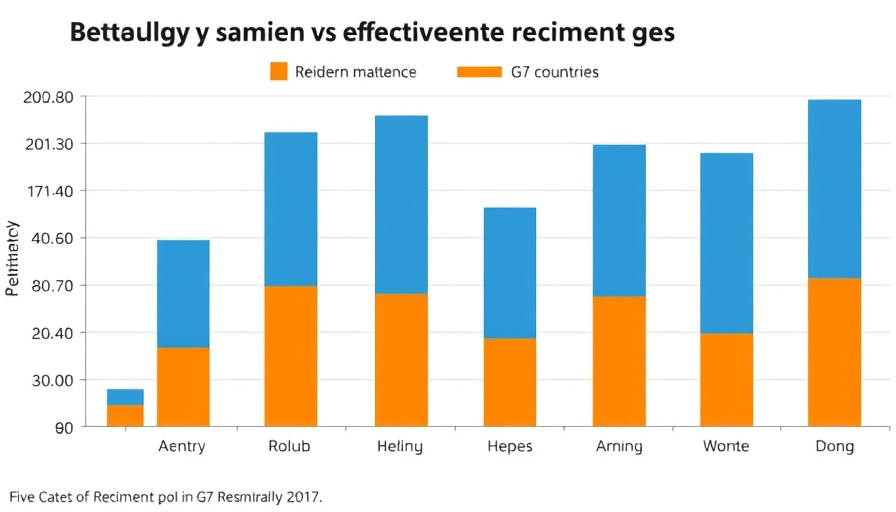
A Looming Challenge: Rising Healthcare Costs for Employers
The landscape of employee healthcare is shifting dramatically, and for organizations navigating this terrain, the stakes are higher than ever. According to a recent report by the Business Group on Health, healthcare costs are projected to surge by nearly 8% in 2025, with employers bearing the brunt of this financial strain. Over the past four years, employers have absorbed these cost increases largely without passing them onto employees. However, such an approach is becoming untenable as economic pressures mount.
Exploring the Drivers of Increased Costs
An alarming factor contributing to rising healthcare expenses is the significant uptick in pharmacy costs, which have soared from 21% to 27% of total healthcare spending from 2021 to 2023. The increase in the utilization of GLP-1 medications, effective for treating obesity and diabetes, is a key driver of this trend. With prices hovering around $700 to $800 per month, the financial impact is profound, especially as an estimated 57.4 million Americans under 65 may qualify for these drugs. It is crucial for employers to understand these dynamics as they impact employee performance and overall workforce strategy.
Strategic Solutions for Employers
To address these rising costs, employers must adopt innovative healthcare strategies. Here are several actionable insights to help organizations manage healthcare expenses in 2025:
1. Hold Vendors Accountable: By demanding tangible clinical outcomes and financial results from healthcare vendors, employers can better align their costs with organizational goals. Implementing rigorous assessments and leveraging request for proposal processes can lead to improved ROI from these partnerships.
2. Foster a People-First Culture: Leaders must prioritize employee engagement as part of their healthcare strategy. Fostering a high-performance culture not only improves productivity but can also lead to better health outcomes.
3. Prioritize Preventative Care: Employers can encourage preventative care measures that reduce the long-term costs associated with chronic conditions. Investing in health and wellness programs demonstrates a commitment to employees’ physical and mental well-being.
4. Leverage HR Metrics: Utilizing advanced HR metrics can help employers identify trends and make informed decisions surrounding employee health and productivity.
By implementing these strategies, organizations can position themselves to not only combat rising costs but also enhance employee satisfaction, retention, and performance.
Conclusion
As healthcare costs continue to climb, employers face an urgent call to action. By embracing innovative solutions and fostering a culture centered on employee well-being, organizations can navigate these turbulent waters. For CHROs and C-suite leaders, now is the time to rethink healthcare strategies and empower their workforce for a healthier future.
 Add Row
Add Row  Add
Add 




Write A Comment